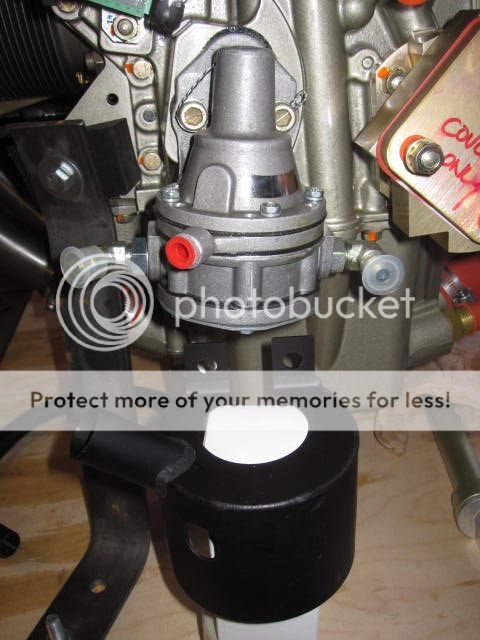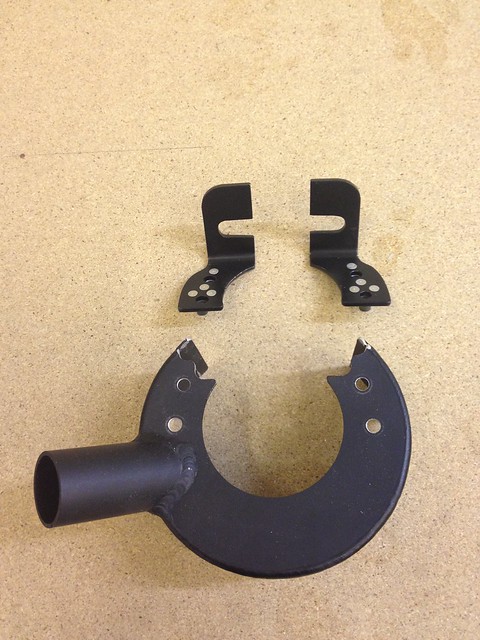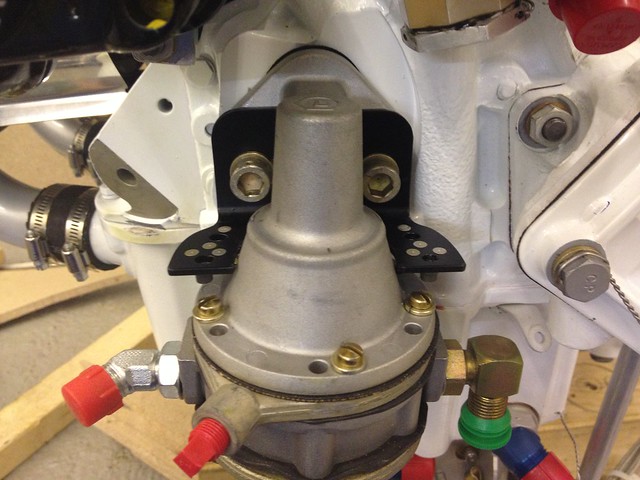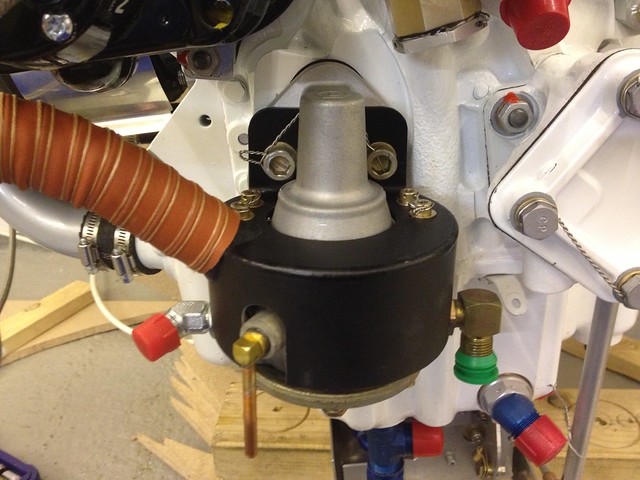SuperCubDriver
Well Known Member
I?d like to install a cooling shroud on the mechanic fuel pump on an IO-375. It looks like the shroud goes on with the pump mounting bolts. I know it can be difficult to install a pump when removed so I thought I ask for any advice. Good thing is the engine is still off the airplane, so I have good access.










